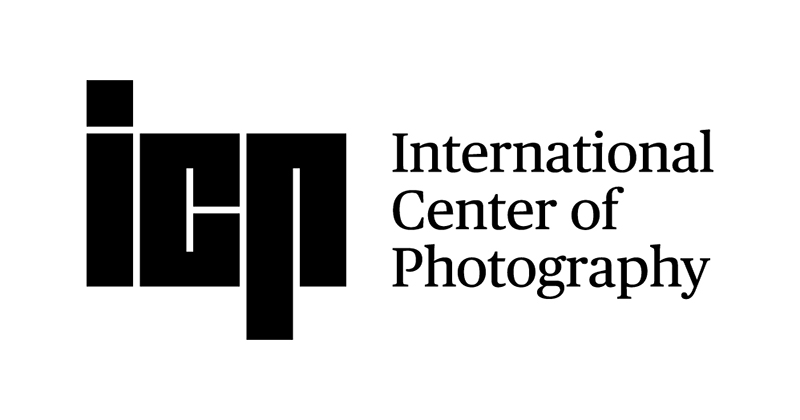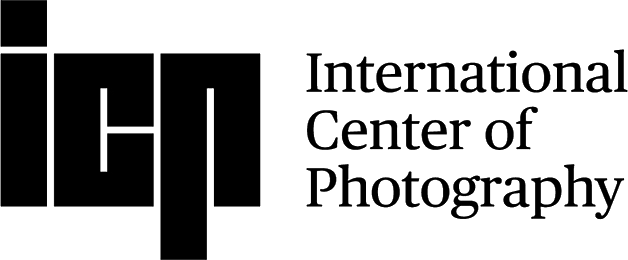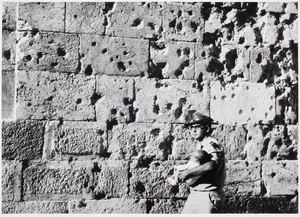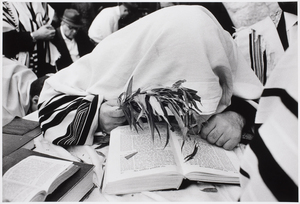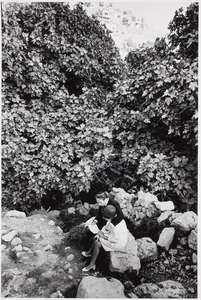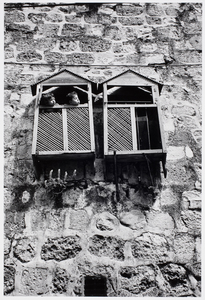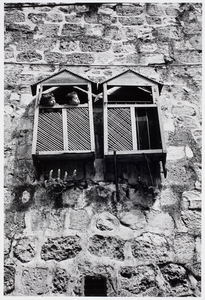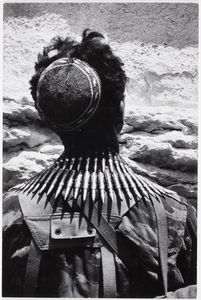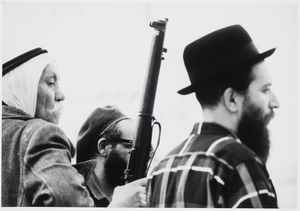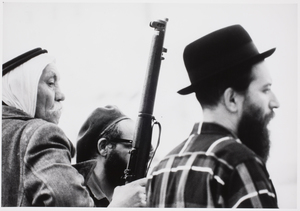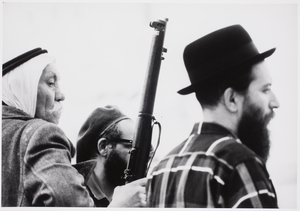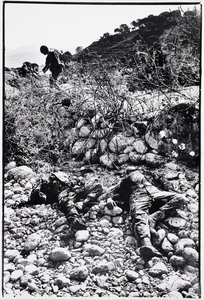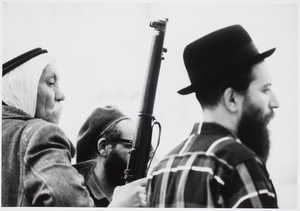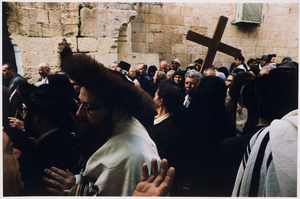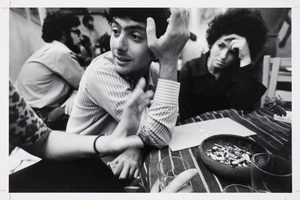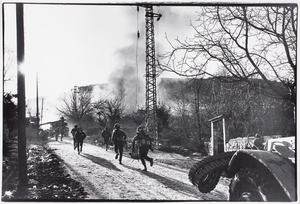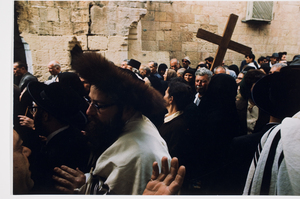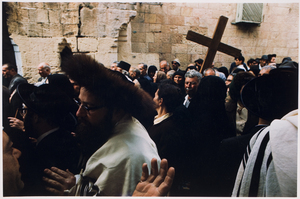Born in Berlin in 1930, Micha Bar-Am emigrated to Israel (then Palestine) with his parents at age six. During his youth, Bar-Am became active in the pre-state underground and was drafted in 1948. After serving in the war, he helped found the Kibbutz Malkiya in Galilee. Soon after, Bar-Am moved to Kibbutz Gesher-Haziv, where he took his first photographs of archeological digs in the Judean desert. He borrowed his camera from an American member of his kibbutz who teased that though Bar-Am’s photographs were better than his own, they would never be used, as Bar- Am was only a “kibbutz dilettante.” Bar-Am proved this statement wrong; his work was soon published in the Israeli Army magazine Bama Hana. In 1957, he was offered a full time job as a staff photographer for the magazine.
In the following years, Bar-Am continued to document the Israeli army. In 1967, he photographed the Six-Day War, during which he met Cornell Capa. Capa and Bar-Am became friends and he introduced Bar-Am to Magnum, a photographic co-operative where Bar-Am would become an associate. In 1968, Bar-Am began his career as a New York Times correspondent and documented the Israeli Palestinian conflict from Suez to the Golan Heights.
Bar-Am was closely involved with the founding of the International Center of Photography in 1974, working alongside Cornell Capa as a curator. He became the Curator of Photography for the Tel Aviv Art Museum in 1977. He left this position in 1992, and has been working on his own photography ever since.
Though often classified as such, Micha Bar-Am is not merely a photojournalist (an assignation Bar-Am himself refuses). His work represents more than documentation of the action of war. Bar-Am’s photography captures the changed lives and lifestyles of Israeli men and women as a result of the years of conflict. His carefully composed shots contain a thoughtfulness and artfulness often unseen within documentary photography. His work continues to be published and exhibited around the world.
Kaitlin Vaughan
